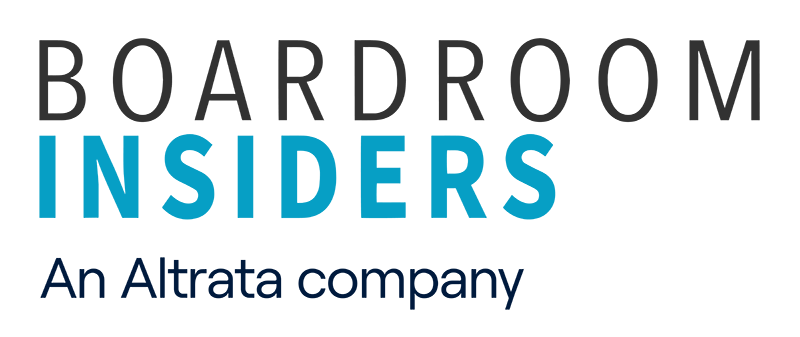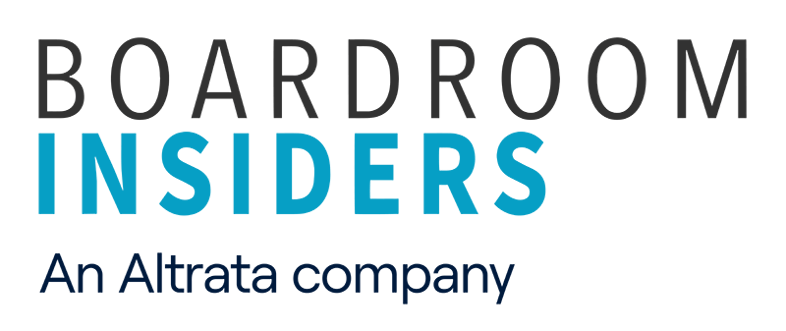
In this digital age, face-to-face meetings are becoming a rarity. This can be an obstacle to building loyalty and relationships with important customers.
Companies often use events--such as industry trade shows, sports sponsorships and user conferences--to get face-to-face with their biggest accounts. Given the cost of sponsorships and events, it is important to make the most of these opportunities.
A small investment in executive insight can go a long way in maximizing return on event investments. Knowing something about your customers before they arrive--and engaging them before they get to the event--speeds up the "ice breaking" and helps you get down to business faster.
With this in mind, we offer five tips for using executive insight to make your customer events more effective:
1. Get the right people to attend your event.
You can avoid the last minute "get butts in seats" scramble by proactively making a wish list of the top companies--and individuals--you want at your event. Write them a personal email well in advance that directly connects your event with something they care about.Example: "I recently read that you were looking to build a private cloud this year. We will have several customers there presenting their private cloud stories, a few of whom are from your industry..."
2. Use insight on desired attendees to drive content strategy and speaker selection.
Once you know who you want at the event (see Tip 1, above), research what they care about and who they know. Let this insight guide your topics and speaker selection.
Example: One customer learned that their target attendees (CIOs) were struggling with how to work effectively with CMOs. They used our profile database to find one executive who had held both CIO and CMO roles at Fortune 100 companies--the executive equivalent of a needle in a haystack! He was the perfect person to deliver their event keynote.
3. Tell customers what they have in common.
One of the biggest reasons people go to events is to network with their peers. If you can tell them who else is in the room and what they have in common, you help support and facilitate networking, which attendees appreciate.
Example: During their opening keynote, one customer showed graphics and statistics about the audience in the room--where they come from, top colleges attended, top hobbies, top concerns and initiatives, etc. as well as key quotes and photos of select attendees. They collected the information from our profile database as well as from a pre-event survey.
4. Use insight for customer matchmaking.
Use specific insight to help set up meetings between customers who share similar initiatives and challenges. This will help establish you as a credible, valuable partner who understands their business--and it will give them more incentive to attend your event.
Example: "I know you are in the midst of a major customer service initiative and I thought you might benefit from a meeting on-site with Customer X, who has some interesting experience in this area..."
5. Create a customized, VIP experience for key accounts.
Huge industry trade shows put a lot of demands on an executive's time. Avoid the temptation to push your customers to every single activity your company is doing; instead, learn about what they are focused on and design a thoughtful, relevant, customized experience.
Example: Once customer offers a VIP booth tour for key accounts at all of their most important industry tradeshows. Sometimes they even do it during off hours when no one else is in the booth so they can have customized digital signage, special presentations, demos, executive meetings and refreshments.






Share Your Thoughts